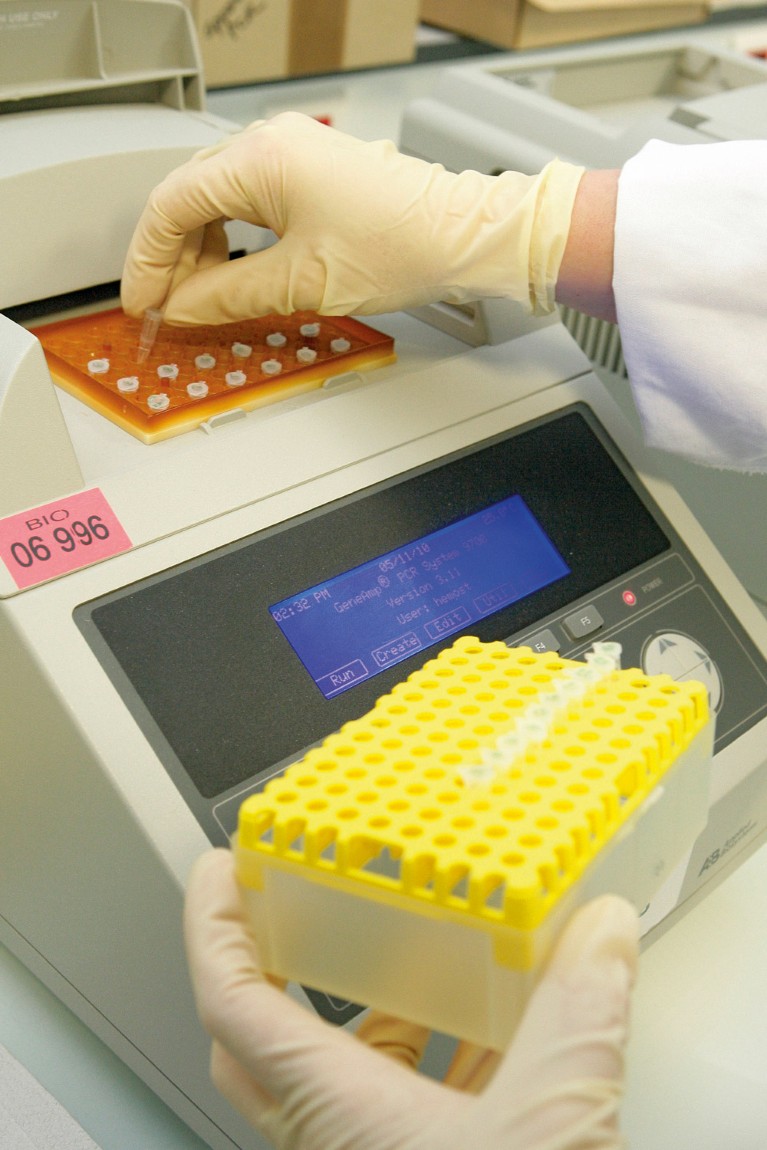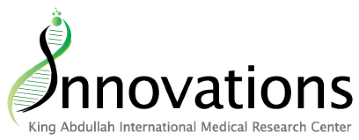
Molecular tool detects early-stage breast cancer© BSIP SA / ALAMY STOCK PHOTO
A new molecular test that distinguishes between gene fragments may serve as a reliable marker of early-stagebreast cancer.
Developed by a team of researchers from Saudi Arabia and the US, the test focuses on the Lamin A/C gene, which isassociated with several kinds of cancer, as well as other diseases. When the gene is expressed, it is processed into one of fivevariants, similar to how a LEGO® set can be assembled into either a car or a plane.
“The methods available now can’t distinguish between the variants, so they can’t reveal each variant’s biological effector expression in different types of tissues,”explains biochemist Ahmad Aljada from KAIMRC.
The new method is based on a standard molecular biology technique, called polymerase chain reaction (PCR), whichmakes multiple copies of DNA fragments.
Aljada’s team carefully designed four pairs of “primers” – short DNA fragments that are complementary to the DNA beingcopied – together with helper molecules that increase their specificity.
These tools helped detect and distinguish the four variants found in breast tissue.
Aljada’s team used the new technique to uncover differences in the concentration of the four variants in 47 different normaltissues and organs, though the biological significance of these differences remains a mystery.
“We see that these variants have different functions and effects, but it’s going to take some time to really understandtheir impact on different cells and different pathways,” says Aljada.
The team also measured the four variants’ concentration in 128 samples from breast cancer patients. They found that breast tumours had higher levels of one variant, Lamin C, and lower levels of another, Lamin A. The change in ratio betweenthe two variants serves as a reliable breast cancer marker, even in early-stage tumours that are difficult to diagnose withcertainty using traditional approaches.
“It’s a simple, affordable test that can be conducted in any molecular diagnostics lab,” says Aljada. “Hopefully we’ll finishlarger scale studies to evaluate it clinicallywithin two years.”
The change in ratio might also be useful for diagnosing other cancers, though too few samples were tested to be certain.
The team is currently screening for drugs that reverse the change in ratio, as well as exploring some of the questionsraised by their findings. “Is there a correlation with prognosis? Can we use it to measure the response to chemotherapy?We don’t know at this stage,” says Aljada.


